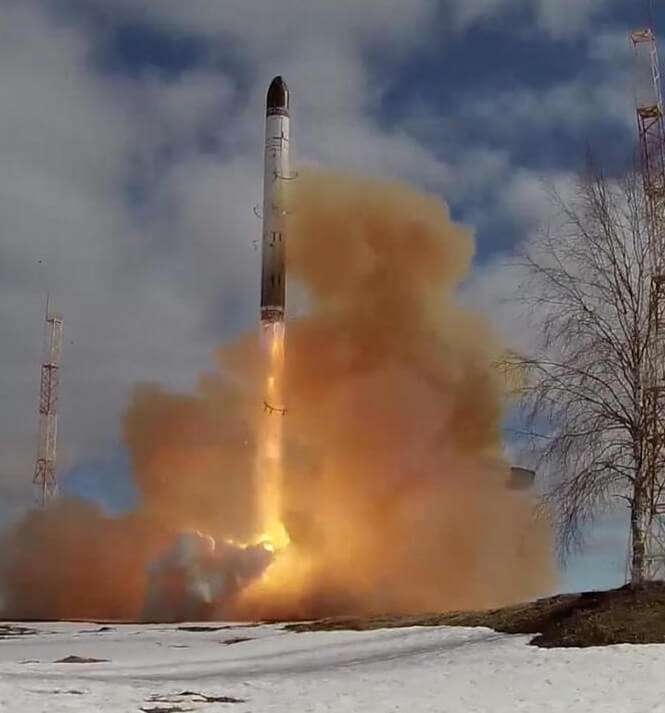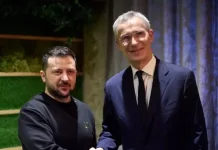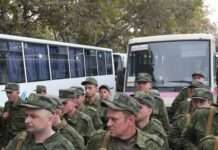President Vladimir Putin declared on the eve of the first anniversary of Russia’s full-scale invasion of neighboring Ukraine that the Sarmat intercontinental ballistic missile will be deployed this year.
Putin originally revealed the RS-28 Sarmat liquid-fueled missile in 2018; it was planned to be deployed last year and has since been called Satan 2 by Western observers.
CNN reported that the United States believes Russia carried out a test of the Sarmat just before US President Joe Biden visited Ukraine earlier this week, but that the test failed. The Russian defense ministry has not commented on that report.
The 35-metre (115 feet) missile, which Putin says will make Russia’s enemies “think twice”, has a range of 18,000km (11,185 miles). Some estimate this to be higher. It can carry at least 10 multiple targetable re-entry vehicles – each with a nuclear warhead – which can each be aimed at a different target. It can also deliver hypersonic Avangard glide vehicles that can travel further and faster, flying in an unpredictable path to spoof missile defenses.
“We pay special attention, as before, to strengthening the nuclear triad. This year, the first launchers of the Sarmat missile system will be put on combat duty,” Putin said in a video released by the Kremlin on Thursday to mark the “Defender of the Fatherland Day”, known in Soviet times as Red Army Day.
Last June, Putin had also said the missile would be deployed by the end of 2022.
A year since ordering the invasion of Ukraine, Putin has signalled he is ready to rip up the architecture of nuclear arms control – including the big powers’ moratorium on nuclear testing – unless the West backs off in Ukraine.
During a state of the nation address on Tuesday, Putin said Russia would be suspending its participation in the New START treaty, the last remaining nuclear arms pact with the US. But Moscow later said it would still comply with the treaty until it expires in early 2026.
In his address on Thursday, Putin also said Russia would continue mass production of air-based hypersonic Kinzhal systems and start mass supplies of sea-based Zircon hypersonic missiles.
“With the adoption of the Borei-A nuclear-powered submarine project Emperor Alexander III into the navy, the share of modern weapons and equipment in the naval strategic nuclear forces will reach 100 percent,” Putin said.
“In the coming years, three more cruisers of this project will replenish the fleet’s combat strength,” he said.
The Emperor Alexander III was launched in late December. It is the seventh Borei-A class submarine – which can each carry 16 Bulava submarine-launched ballistic missiles.
Putin also said Russia would develop all parts of its conventional armed forces, improve training, add advanced equipment, bolster the arms industry and promote soldiers who had proven themselves in battle.
“A modern, efficient army and navy are a guarantee of the country’s security and sovereignty, a guarantee of its stable development and its future,” Putin said.
“Therefore, we will continue to pay priority attention to strengthening our defence capability.”
As part of a supposed “special military operation,” Russian tanks entered Ukraine on February 24, 2022, hoping for an easy triumph.
Yet, Ukraine has resisted tenaciously, and the conflict has dragged on into a standstill, killing thousands of civilians and inflicting an estimated 150,000 deaths on both sides, according to various Western sources.
SOURCE: NEWS AGENCIES








